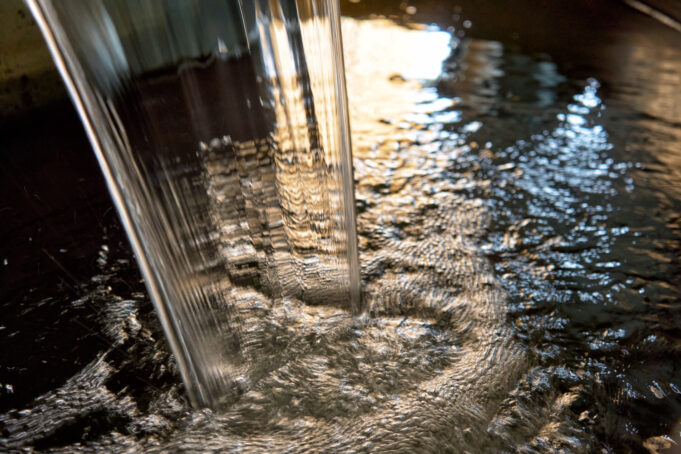The U.S. Department of Energy (DOE) has announced an additional $75 million in funding over the next five years for the National Alliance for Water Innovation (NAWI), a hub focused on desalination and water treatment innovation. This funding aims to continue the progress in developing technologies that reduce the cost and energy required for water purification. As part of its ongoing efforts, NAWI will address the escalating needs for modernized water infrastructure and improved access to potable water, aligning with the national goal of achieving net-zero emissions by 2050.
NAWI’s mission, supported by this funding, is to address the critical technical barriers that currently hinder the cost-effectiveness and energy efficiency of water purification technologies. By fostering collaborations among industry, government, and academic partners, NAWI aims to propel significant advancements in desalination technologies. These advancements are crucial for modernizing America’s water infrastructure, increasing access to clean, potable water, and aligning with the national goal of achieving a net-zero emissions economy by 2050.
The relevance of this initiative is magnified by the interconnectedness of water and energy systems. Water is essential for producing nearly every major energy source, and energy is indispensable for transporting and treating water. The integrated approach that the DOE is advocating through NAWI is designed to synergize efforts to decarbonize the water economy while ensuring secure water futures for communities across the nation.
For water treatment professionals, the focus of NAWI on piloting integrated energy-efficient and decarbonized water systems is particularly pertinent. This approach not only addresses the immediate needs of treating and delivering water but also emphasizes the reuse of various wastewaters. Such initiatives are vital in a landscape where traditional fresh water supplies are increasingly strained by environmental and demographic pressures.
Over the past five years, NAWI has already made significant strides by funding over 60 projects that span early-stage research to pilot-scale implementations. These projects have explored a range of innovative water treatment and desalination unit processes, automation technologies, and novel modeling tools and analysis. The outcomes from these projects have contributed to the development of the NAWI Master Roadmap and five sector-specific roadmaps addressing key challenges in desalination and the treatment of nontraditional source waters.
Looking ahead, NAWI 2.0 aims to deepen its impact by focusing on three primary challenges: Increasing the focus on piloting integrated systems that are not only energy-efficient but also geared towards decarbonization, emphasizing the reuse of a variety of wastewaters, which is increasingly recognized as critical for sustainable water management, convening stakeholders—including technology developers, water managers, and community representatives—to optimize water supply management through collaborative innovation.
This strategic direction promises to open new avenues for technological development and implementation in the water treatment sector. Water treatment professionals will need to adapt to and engage with these emerging technologies, which will require a combination of technical expertise and strategic thinking. The ability to integrate new processes into existing frameworks, to innovate within regulatory and economic constraints, and to anticipate future water quality challenges will be key to leveraging the opportunities presented by NAWI’s initiatives.
Furthermore, NAWI’s extensive community, comprising 108 Research Consortium member organizations and over 424 Alliance Organizations, provides a robust network for collaboration and knowledge exchange. This network is an invaluable resource for professionals looking to stay at the forefront of water treatment technology.
The DOE’s renewed funding for NAWI represents a significant commitment to transforming the landscape of water treatment in the United States. For water treatment professionals, this initiative not only challenges them to innovate but also offers a platform to significantly influence the future of sustainable water management.
Resources:
Department of Energy





